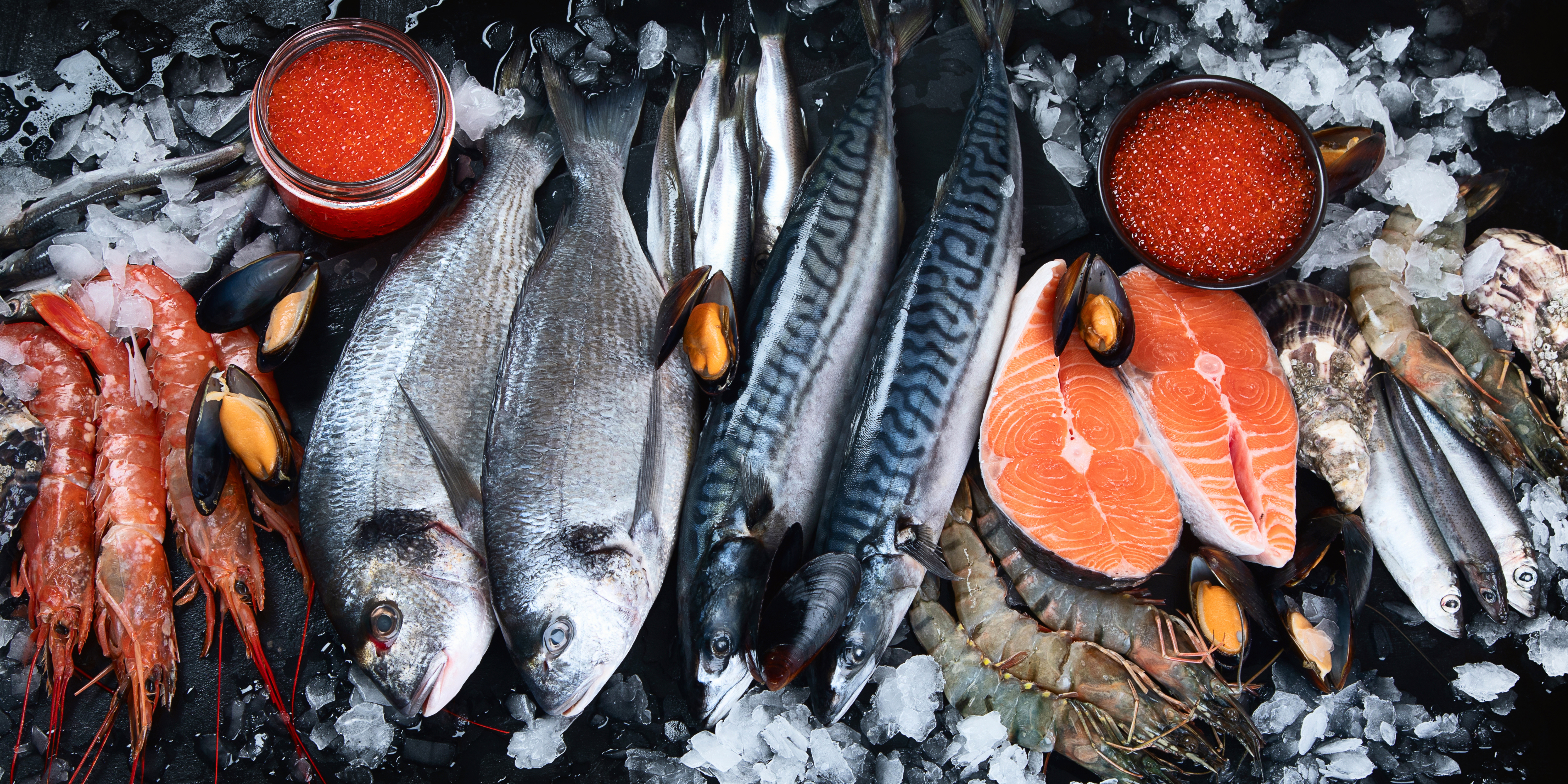Pathogen Environmental Monitoring in the Context of Seafood Processing and Retail
Imagine the charming streets of a resort town, where you can find delicious seafood and fish dishes on every corner, ready for your enjoyment. It's a lovely scene, promising a vacation full of ocean treasures to satisfy your taste buds. However, it's essential to understand the potential hazards these offerings may conceal for consumers.
There's a common misconception that the source of Salmonella spp can only be agricultural, originating from animals, birds, chicken eggs, and products prepared from them. Nevertheless, cases of Salmonellosis related to seafood and fish consumption, including prepared dishes, are not uncommon. In the following material, we will explore the reasons for Salmonella spp contamination and the stages when a Salmonella swab test becomes advisable.
Sources of Salmonella spp Contamination in Fish and Seafood
It's important to know that there's no way to completely eliminate the risk of finding Salmonella spp in seafood. Contamination can occur at any stage, starting from when the fish is caught and continuing until it is sold. To create a good plan for preventing and controlling Salmonella spp, let's look at the main reasons and how it spreads in fish and seafood.
Contaminated Aquatic Environments
Fish and seafood extracted from natural freshwater and marine ecosystems can be infected with pathogens. Although Salmonella spp is not typically associated with aquatic habitats, most infections are linked to the intestinal tracts of animals and birds. However, it can be present in various types of water bodies, both freshwater and saltwater, especially in regions with unregulated discharge of contaminated materials into the environment. This situation underscores the potential for direct contamination of fish and seafood from their surroundings, underscoring the critical need for systematic testing of water. Only through this measure can we ensure the initial safety of seafood and fish from the threat of this pathogen.
Equipment and Containers
Salmonella spp typically adhere to surfaces and materials through fimbriae and adhesive proteins, equipping them with the capability to survive in various conditions and endure exposure to environmental factors. When fish and seafood come into contact with surfaces, tools, or materials used for packaging that harbor Salmonella spp, contamination can occur. Such contamination may take place during transportation, storage, processing, and subsequent product distribution. Salmonella's adeptness at adhering to diverse surfaces emphasizes the importance of implementing systematic equipment and container swab testing procedures to ensure the safety of fish and seafood products throughout the supply chain.
Lack of Adherence to Hygiene Regulations Among Staff
Control testing and quality assurance of hygiene practices among personnel are crucial parts of the mechanism to prevent Salmonella spp contamination. Pathogen transmission due to human contact with the product can occur at the following stages:
- During the fish-catching process, when fishermen neglect hygiene measures.
- During the manufacturing processes, when enterprise staff interact with the product during its processing, leading to Salmonella spp infection.
- During the distribution of seafood products at retail points or in restaurants.
Systematic control testing and ensuring the compliance of personnel with hygiene rules are essential to mitigate the risk of Salmonella spp contamination at these critical stages.
Food safety culture refers to the collective attitudes, beliefs, and behaviors within an organization or community related to the safe handling and consumption of food. It involves the shared values and norms that shape how individuals and groups prioritize and manage food safety. A strong food safety culture is essential to prevent foodborne illnesses and ensure the safety of the food supply chain.
Improper Storage
Failure to comply with storage conditions, such as maintaining insufficiently low temperatures or storing products with varying shelf lives and specific requirements together, can result in the prolonged growth of Salmonella spp. Conducting food safety testing is an obligatory measure to guarantee the cleanliness of products and to mitigate the risk of contamination by this pathogen.
The Importance of Environmental Monitoring and Assessment
Scenes from travel blogs, where street vendors offer a variety of freshly prepared seafood dishes, are familiar to everyone. For example, Mediterranean countries exhibit a diverse array of maritime delicacies that consistently captivate.
However, what many tend to overlook are the associated food safety hazards inherent to this type of food retail. These stalls attract hundreds of people daily, creating a continuous risk of infection.
Surprisingly, even in countries with stringent standards such as the United Kingdom, the practice of selling fish and seafood from mobile street vendors remains prevalent. This practice, however, brings with it the risk of product contamination due to contact with various surfaces, customers, and the staff handling the goods. While it may be impractical to eliminate the beloved tradition of street vending of fresh seafood and dishes, implementing systematic environmental swab testing becomes an essential step in upholding public health safety standards.
Equally significant is the need for environmental swabbing at production facilities, where the seafood products are processed and stored. This process ensures the cleanliness of equipment, storage tanks, and working surfaces, thereby safeguarding against potential pathogens.
Salmonellosis is the second most common gastrointestinal disease in the EU, resulting from the consumption of food contaminated with the pathogen. Controlling the spread of Salmonella spp is of utmost importance to ensure public health.
In 2018, the World Health Organization (WHO) developed relevant recommendations emphasizing the importance of a comprehensive approach, from ensuring conditions during fish capture to clear safety measures during product distribution.
It is recommended to implement a Food Safety Culture, to practice periodic training of food industry workers and implement strict control systems and environmental swabs testing. It's essential to strengthen control over production and processes as well as distribution conditions, rather than solely focusing on testing finished products.

